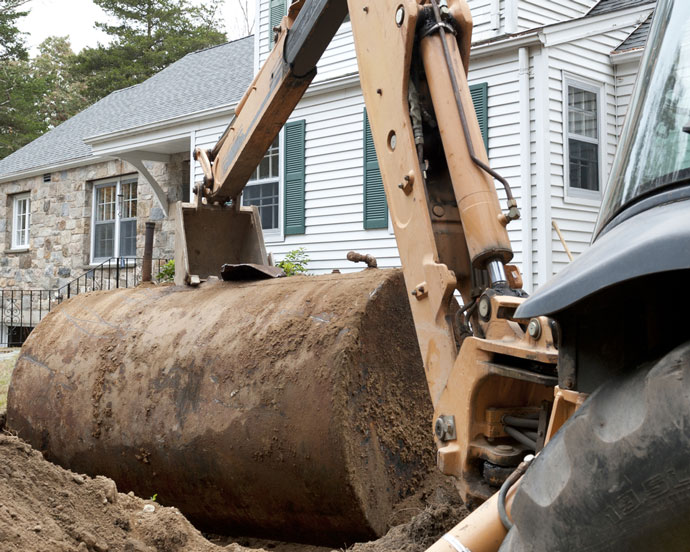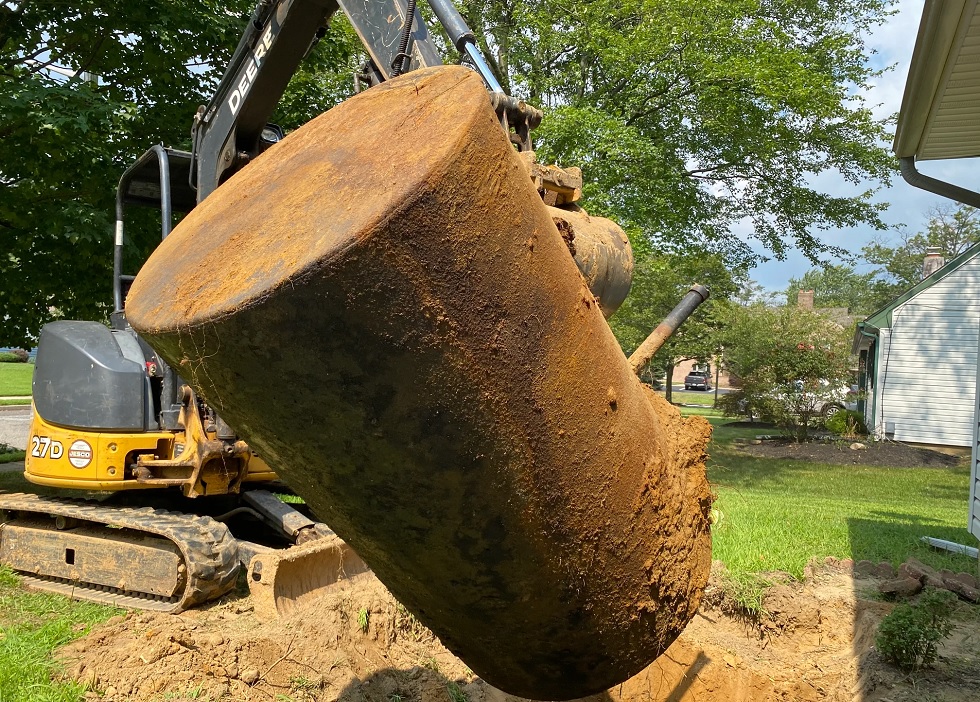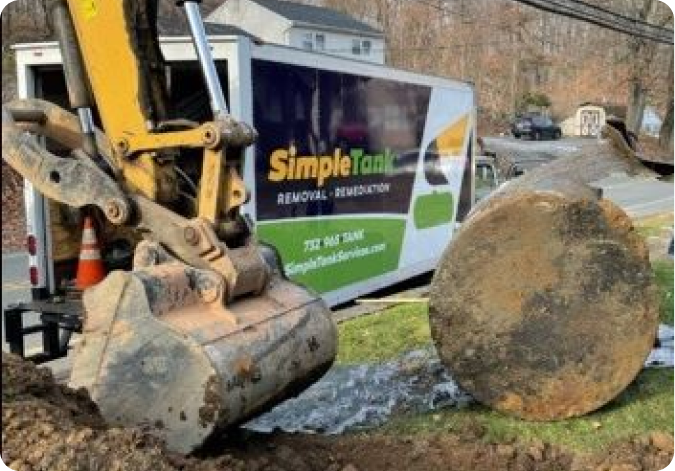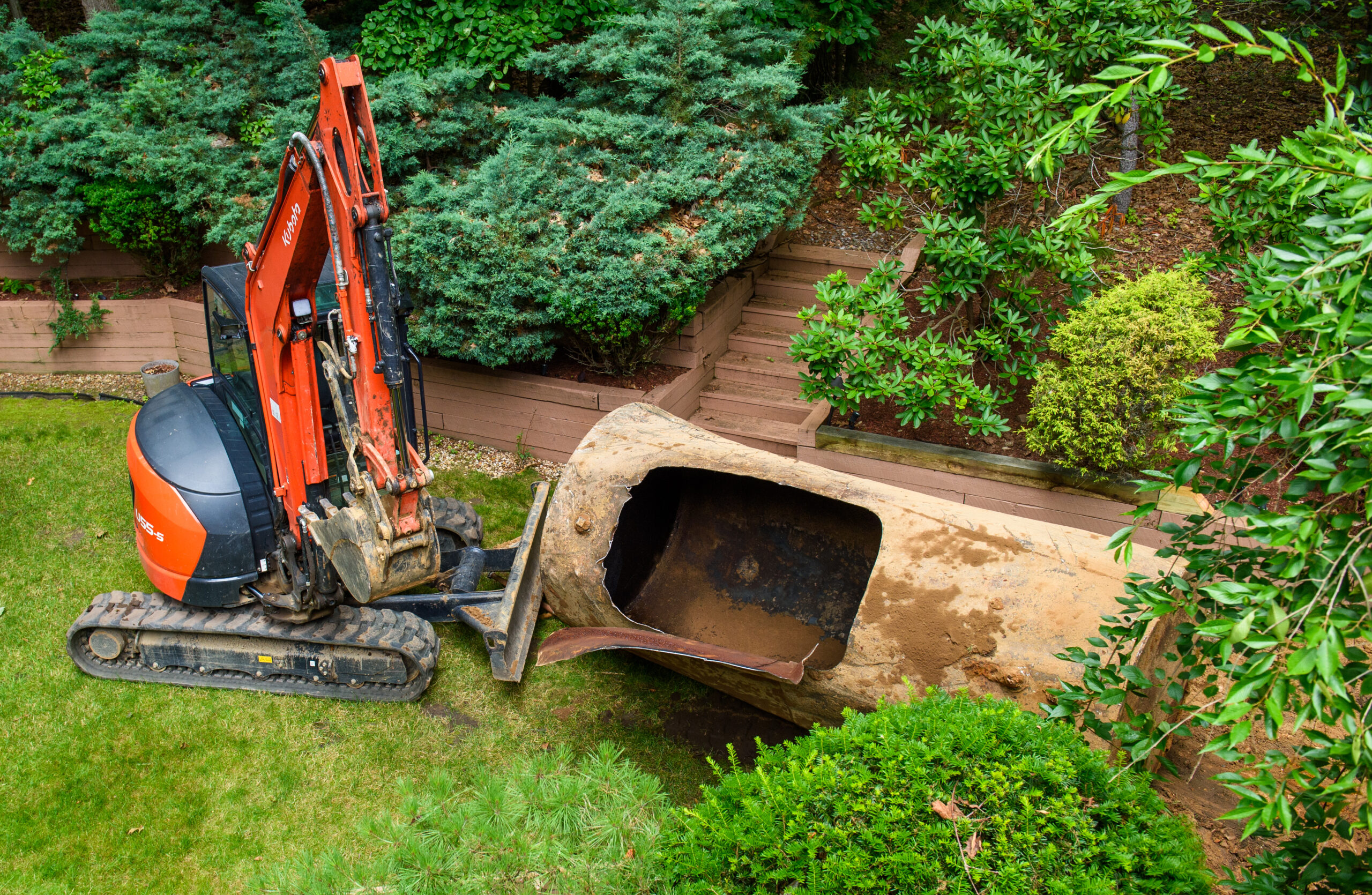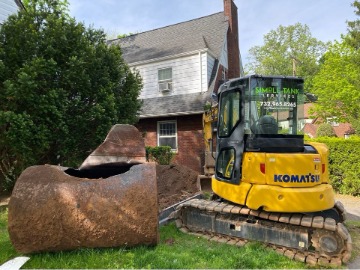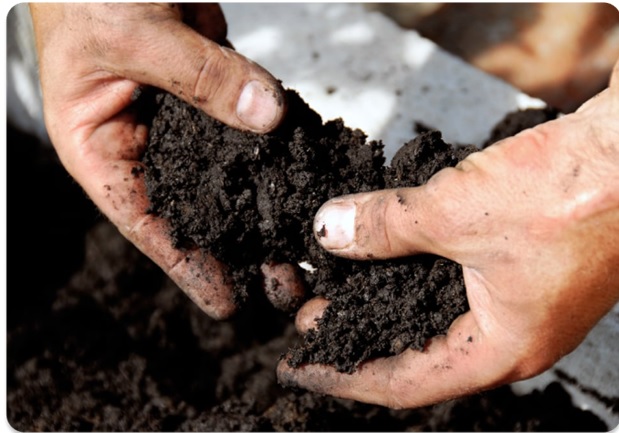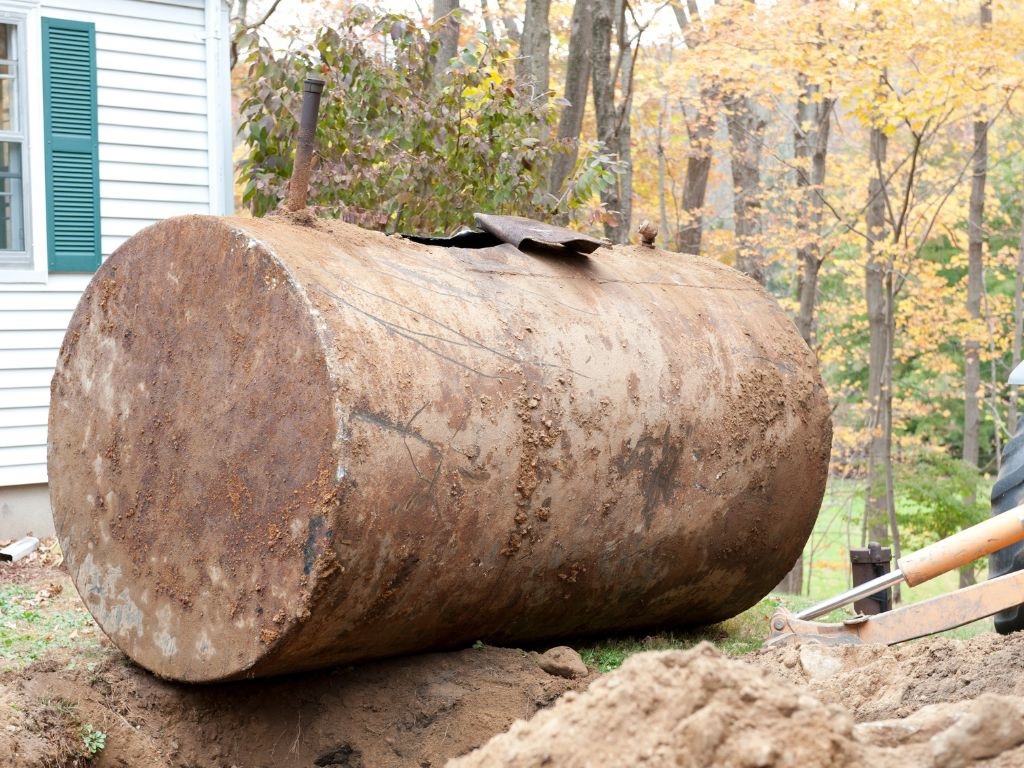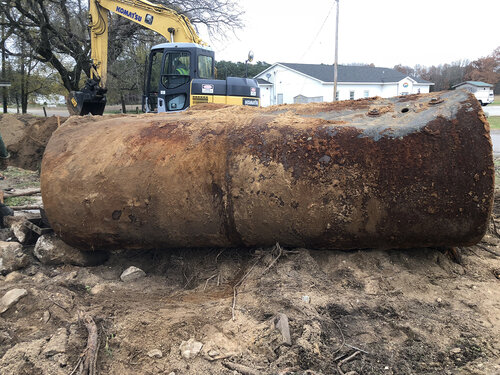In the realm of home improvement, the allure of do-it-yourself projects is undeniable. The satisfaction of self-accomplishment coupled with potential cost savings often motivates homeowners to tackle tasks independently. However, when it comes to removing an oil tank, the stakes are high, and the risks associated with DIY attempts are significant.
DIY oil tank removal might seem feasible on the surface, but the intricacies and potential hazards involved render it a perilous endeavor. Here’s why entrusting this task to professional oil tank removal contractors is imperative:
Environmental and Health Hazards
Oil tanks, particularly older ones, pose significant environmental and health risks if mishandled during removal. They can contain residual oil and hazardous substances. A DIY approach may lead to spillage or leakage, contaminating the soil, groundwater, or nearby water sources. Such contamination could result in severe environmental damage and health concerns for both homeowners and the community.
Regulatory Compliance
Oil tank removal is governed by stringent regulations and guidelines to prevent environmental degradation. Professional contractors possess the expertise to navigate these regulations, securing the necessary permits and ensuring compliance with local ordinances. DIY attempts often lack the understanding of these legalities, potentially leading to fines, penalties, and legal repercussions for non-compliance.
Technical Complexity
The process of oil tank removal involves intricate technical aspects, from proper draining and cleaning to safe excavation and disposal. Professionals are equipped with specialized tools, knowledge, and experience to execute these tasks meticulously, minimizing the risk of accidents or damage to property. Conversely, DIY endeavors may lack the essential equipment and expertise, increasing the likelihood of accidents, property damage, or personal injury.
Financial Implications
While the initial inclination towards DIY projects stems from potential cost savings, the reality can be starkly different. Inadequate removal or accidental damage during a DIY attempt can escalate costs significantly. Professional contractors offer insurance coverage, safeguarding against potential liabilities arising from accidents or property damage during the removal process. Ultimately, the expenses associated with professional services often pale in comparison to the potential financial repercussions of a DIY mishap.
Peace of Mind
Engaging professional oil tank removal contractors provides homeowners with peace of mind. Entrusting experts in the field ensures a systematic and safe removal process, alleviating stress and uncertainties associated with a DIY venture. It allows homeowners to focus on other aspects of their property, confident that the removal is being handled competently and responsibly.
In conclusion, the hazards and complexities involved in oil tank removal necessitate the involvement of seasoned professionals. While the allure of DIY projects is understandable, certain tasks, especially those involving environmental and safety risks, demand expertise and experience beyond the scope of a layperson. Opting for professional oil tank removal contractors ensures a smooth, compliant, and safe removal process, ultimately safeguarding both property and the environment.

